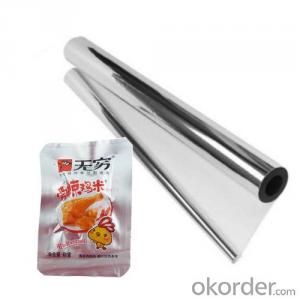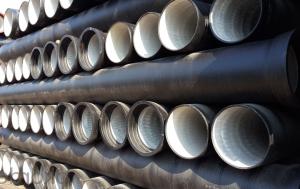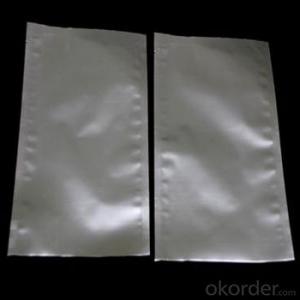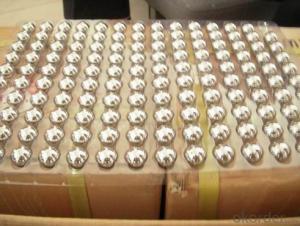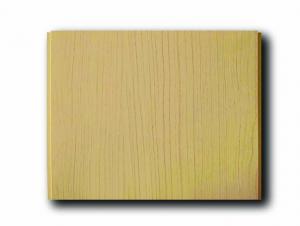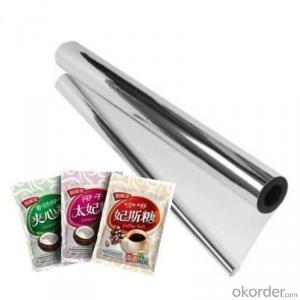Passivation Of Stainless Steel
Passivation Of Stainless Steel Related Searches
Shiny Or Dull Side Of Aluminum Foil For Cooking Inverter For 100w Solar Panel Solar Panel Inverter For Rv Pvc Tiles For Walls Wall Lights For Bedrooms Inverter Ac With Solar Panel Solar Panel With Inverter Kit Solar Panel Kits With Inverter Solar Panel With Inverter Direct Roving For PultrusionHot Searches
Steel Mesh Panels For Sale Type Of Inverter For Solar Price Of Shipping Containers For Sale Types Of Inverter For Solar Aluminum Bar Stock For Sale Bags Of Cement For Sale Types Of Temporary Side Panels For Cement Deck Cost Of Awnings For Decks Type Of Scaffolding With Pdf Price Of Scrap Stainless Steel Price Of Stainless Steel Scrap Price Of Stainless Steel Galvanized Steel Scrap Price Type Of Stainless Steel Types Of Stainless Steel Grades Types Of Stainless Steel Aluminum Corp Of China Stock Types Of Scaffolding In Construction Pdf Stainless Steel Factory Stainless Steel TypePassivation Of Stainless Steel Supplier & Manufacturer from China
Okorder.com is a professional Passivation Of Stainless Steel supplier & manufacturer, offers integrated one-stop services including real-time quoting and online cargo tracking. We are funded by CNBM Group, a Fortune 500 enterprise and the largest Passivation Of Stainless Steel firm in China.Hot Products
FAQ
- Railway infrastructure can utilize stainless steel sheets, as they offer numerous advantages. Stainless steel is a versatile and enduring material that is well-suited for railway applications. Its resistance to corrosion makes it suitable for outdoor and high humidity environments, which are commonplace in railway infrastructure. Stainless steel sheets can withstand severe weather conditions, such as extreme temperatures, rain, and UV radiation, without deteriorating or corroding. As a result, they are an excellent choice for railway tracks, bridges, tunnels, and other structures that are exposed to the elements. Moreover, stainless steel sheets possess an exceptional strength-to-weight ratio. This characteristic allows for the construction of lightweight yet robust railway infrastructure. Consequently, the overall structure's load is reduced, enabling easier transportation and installation. Stainless steel is also fire-resistant and can withstand significant impact, making it an ideal option for railway applications that prioritize safety. Furthermore, stainless steel sheets are effortless to clean and maintain, which is advantageous for railway infrastructure that necessitates regular upkeep. Their aesthetic appeal can be easily restored through polishing, ensuring a clean appearance. Additionally, stainless steel is recyclable, making it an environmentally friendly choice for sustainable railway construction. To summarize, due to their corrosion resistance, strength, durability, fire resistance, ease of maintenance, and sustainability, stainless steel sheets are indeed suitable for railway infrastructure.
- There are several different types of stainless steel sheet edge treatments available, each offering unique benefits and aesthetic options. 1. Mill Edge: This is the most common type of edge treatment, where the stainless steel sheet is produced with a straight, unfinished edge. It is cost-effective and suitable for most applications where appearance is not a primary concern. 2. Slit Edge: In this treatment, the stainless steel sheet is slit to the desired width, resulting in a smooth edge. Slit edge sheets are commonly used in applications where a clean, burr-free finish is required, such as in food processing or pharmaceutical industries. 3. Deburred Edge: This treatment involves removing any burrs or sharp edges from the stainless steel sheet. It provides a smooth, safe edge and is often used in applications where safety is a concern, such as in architectural or automotive applications. 4. Rolled Edge: A rolled edge treatment involves bending the stainless steel sheet to create a rounded edge. This type of treatment is commonly used in applications where safety and aesthetics are important, such as in kitchen appliances or decorative pieces. 5. Beveled Edge: In a beveled edge treatment, the stainless steel sheet is cut at an angle to create a diagonal edge. Beveled edges are often used in architectural applications to create a smooth transition between different materials or to enhance the overall design. These are just a few examples of the different types of stainless steel sheet edge treatments available. The choice of edge treatment will depend on the specific requirements of the application, including functionality, safety, and aesthetics.
- Yes, stainless steel sheets can be used for elevator mirror panels. Stainless steel is a durable and corrosion-resistant material that is commonly used in the construction of elevator interiors. Additionally, stainless steel can be polished to a high shine, making it suitable for mirror panels in elevators.
- Yes, stainless steel sheets can be used for swimming pool installations. Stainless steel is a highly durable and corrosion-resistant material, making it suitable for use in swimming pools. It is resistant to rust, stains, and chemicals commonly found in pool water, making it a reliable choice for long-term use. Stainless steel sheets are often used for pool walls, floors, and other structural components because they can withstand the harsh conditions associated with pool environments. Additionally, stainless steel has a sleek and modern appearance, adding to the overall aesthetics of the pool.
- What brand of stainless steel plate is good?
- Stainless steel plate has a smooth surface, high plasticity, toughness and mechanical strength, corrosion of acid, alkaline gas, solution and other medium.
- What stainless steel can be used instead of galvanized sheet?
- Galvanized sheet can be replaced by 201 stainless steel.
- Using diamond plate stainless steel sheets in industrial flooring offers several benefits. Firstly, diamond plate stainless steel sheets provide enhanced traction due to their raised diamond pattern, which reduces the risk of slips and falls in high-traffic areas. Additionally, these sheets are extremely durable and resistant to wear, making them ideal for withstanding heavy loads and frequent foot traffic. Diamond plate stainless steel sheets are also corrosion-resistant, ensuring long-term durability and minimal maintenance requirements. Finally, the sleek and professional appearance of these sheets adds aesthetic value to industrial settings, enhancing the overall look and functionality of the flooring.
- Indeed, elevator door frames can certainly utilize stainless steel sheets. Elevator door frames commonly opt for stainless steel as it possesses exceptional durability, resistance to corrosion, and captivating aesthetic charm. This material is capable of enduring the continuous opening and closing actions and is impervious to the numerous cleansing agents employed in elevator upkeep. Moreover, stainless steel imparts a polished and contemporary appearance that harmonizes splendidly with the elevator's overall layout. Furthermore, stainless steel proves to be effortlessly cleanable and maintainable, rendering it a pragmatic selection for elevator door frames.

















